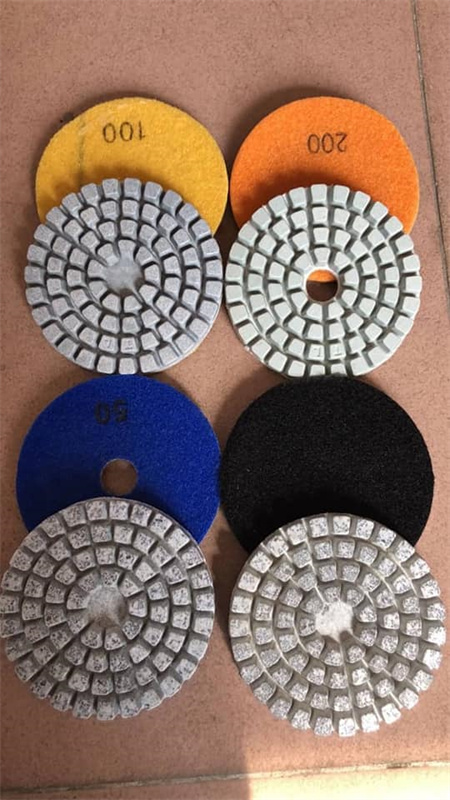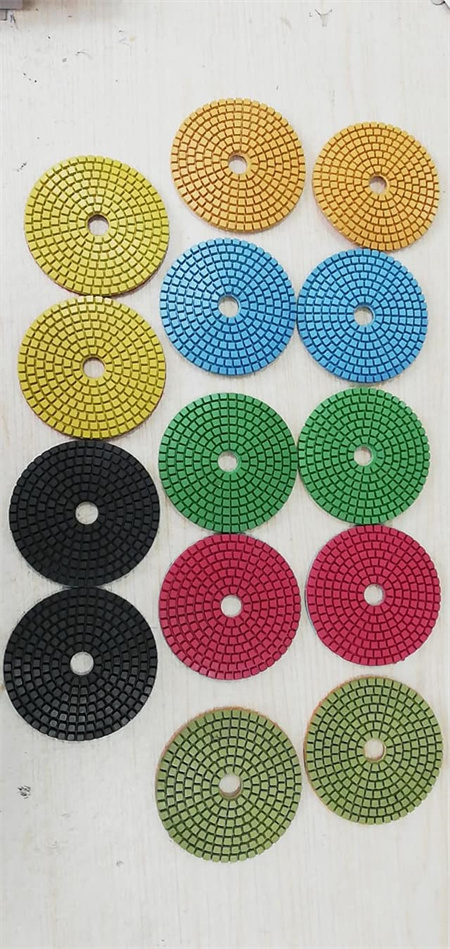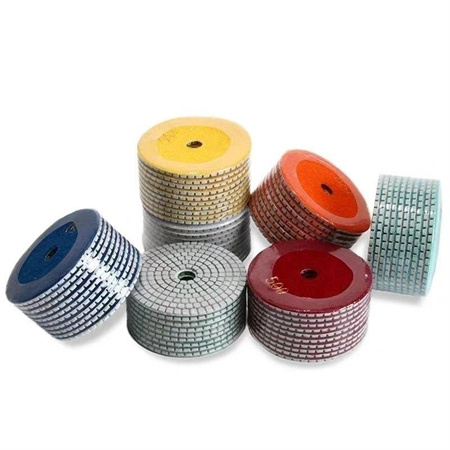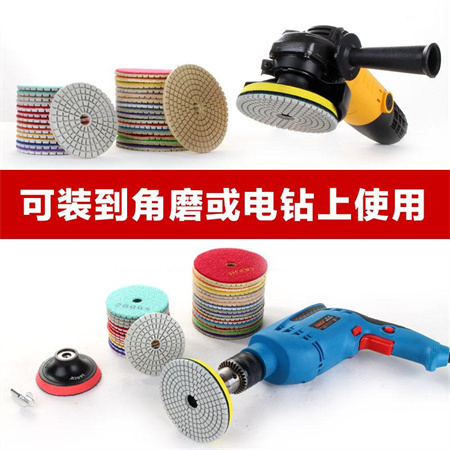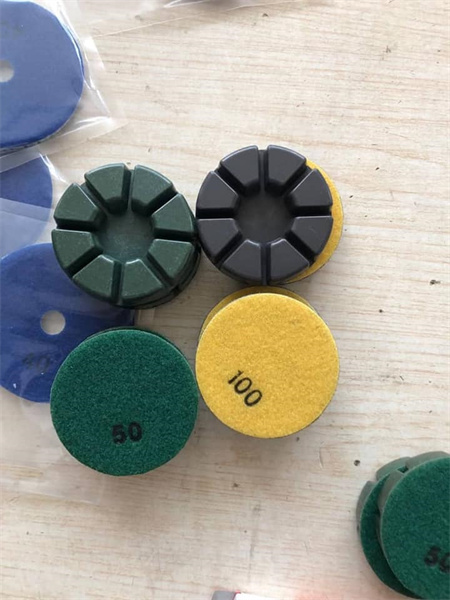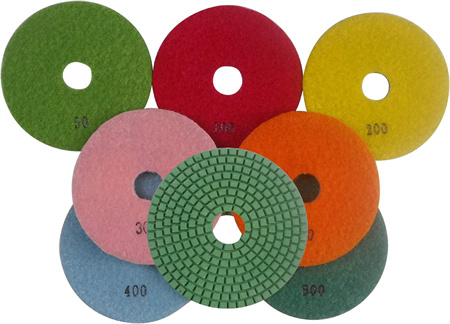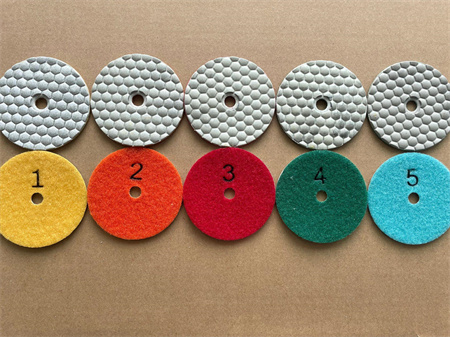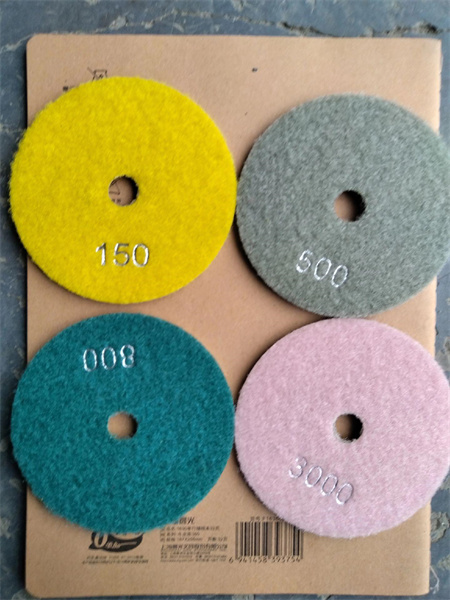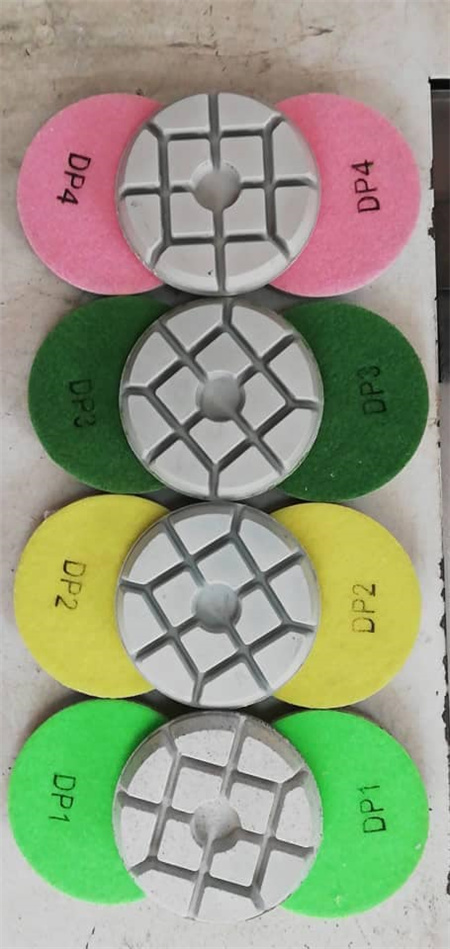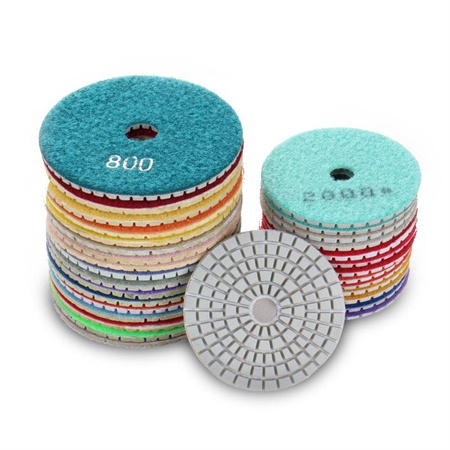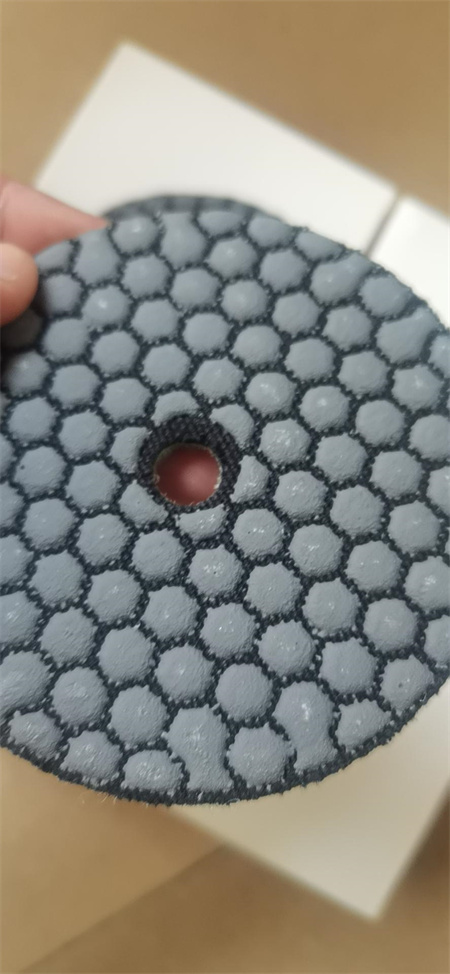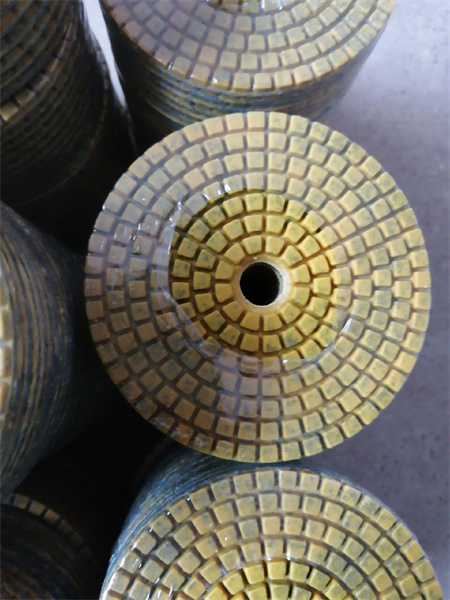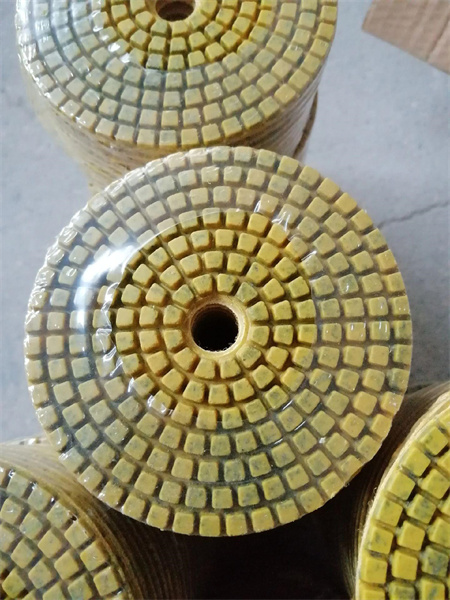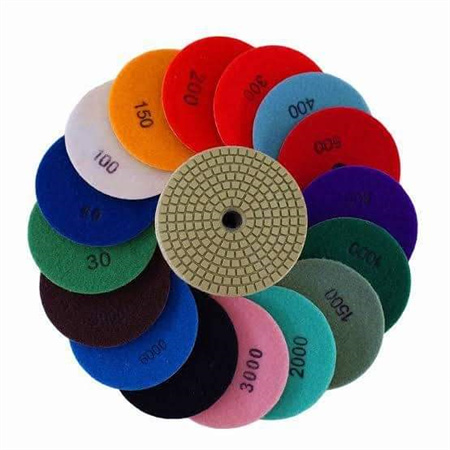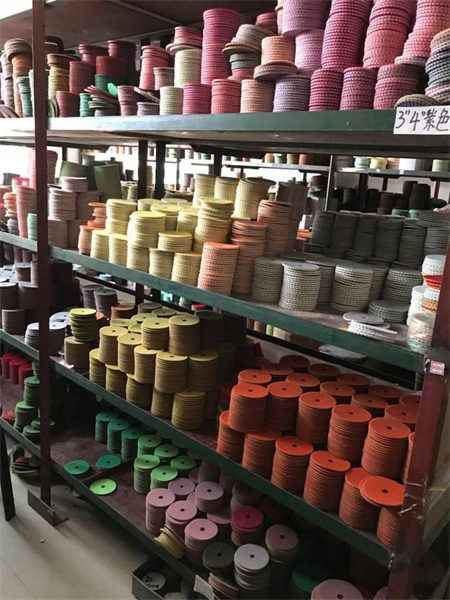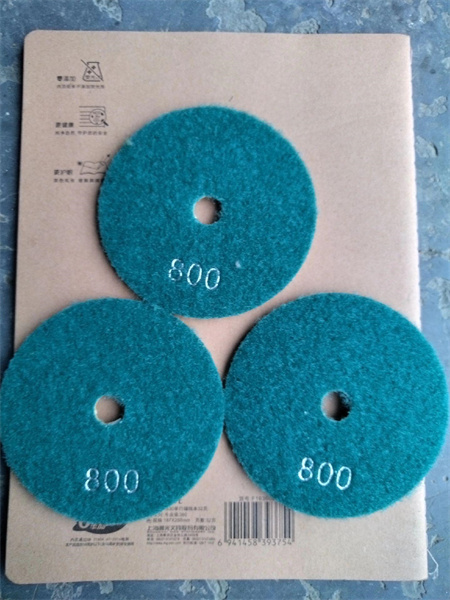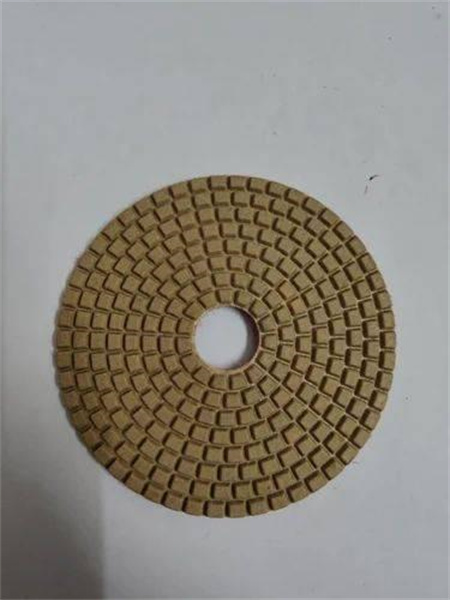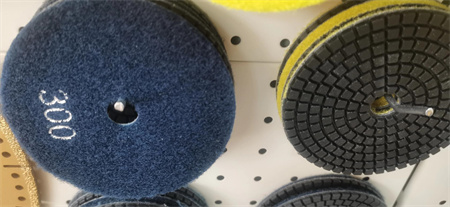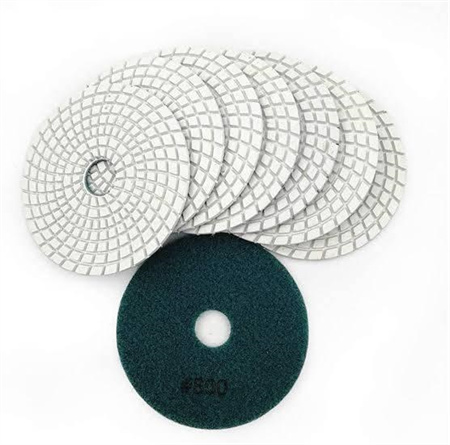Diamond Polishing Pads Tariff and Customs Guide for Importers
When importing diamond polishing pads, understanding the tariff and customs regulations is crucial for a smooth transaction. Import duties and customs clearance can significantly impact your costs and timelines, so it’s essential to have the right knowledge to navigate these processes.
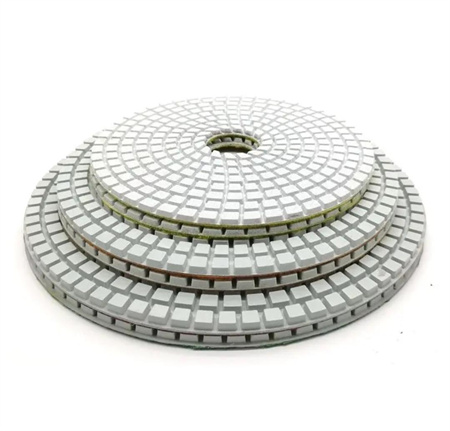
Diamond polishing pads are used for a variety of applications, from stone polishing to floor finishing. Because of their specialized nature and the materials involved, they fall under a specific category in customs. These pads are typically classified based on their material composition, intended use, and country of origin. Depending on where you’re importing from, tariffs can vary, with some countries imposing higher rates on goods that are considered luxury or specialized items.
The first step in managing import costs is determining the correct tariff code for the product. This is where classification becomes essential. Getting this wrong could lead to overpaying on duties or facing delays due to paperwork issues. Importers should consult with a customs broker or use tools like the Harmonized System (HS) code to identify the specific code for diamond polishing pads. It’s also wise to check for any trade agreements between the exporting and importing countries, as this may reduce the tariff rate.
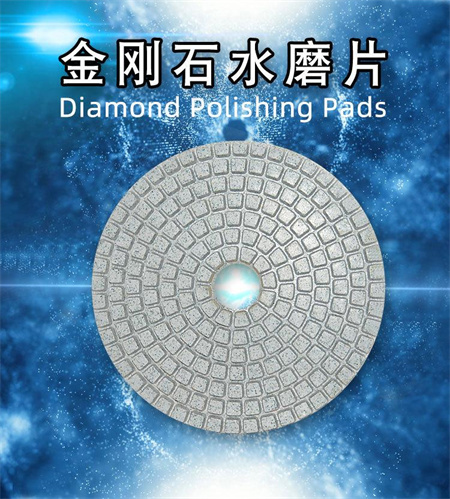
Once you’ve identified the tariff rate, keep in mind that other factors, such as value-added tax (VAT), may apply. In some regions, like the European Union, VAT is charged in addition to customs duties, and this can significantly increase your total import cost. Knowing the applicable VAT rate helps in budgeting and avoiding unexpected financial burdens when the goods arrive at the port.
Customs clearance is another important step in the process. It involves submitting necessary documentation, such as the commercial invoice, packing list, and bill of lading, to the customs authorities. Any discrepancies in this paperwork can lead to delays and fines. Ensuring that all details are correct and up to date will help ensure a smooth customs inspection process.
In addition to tariffs and taxes, it’s important to be aware of any specific regulations or restrictions regarding diamond polishing pads. Some countries may have environmental regulations that govern the types of chemicals used in manufacturing or require specific labeling. Understanding these regulations in advance can prevent costly mistakes.
Finally, working with an experienced customs broker or logistics partner can make a huge difference. They can guide you through the complexities of international trade, ensuring that your diamond polishing pads are cleared efficiently, without unexpected surprises.
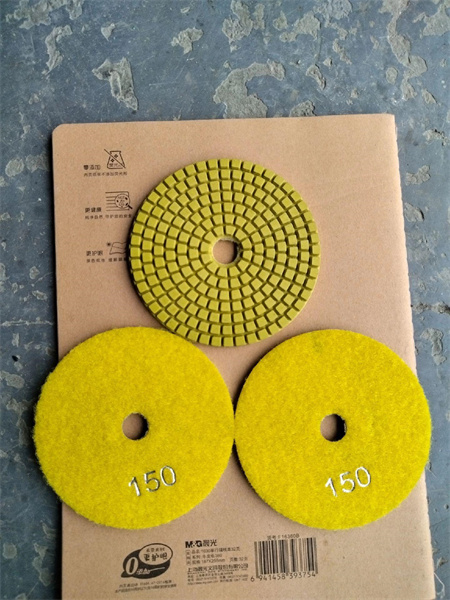
By taking the time to understand tariffs, customs requirements, and associated costs, importers can ensure a hassle-free experience when bringing diamond polishing pads into their country. A little research upfront can save a lot of time, money, and frustration later on.

